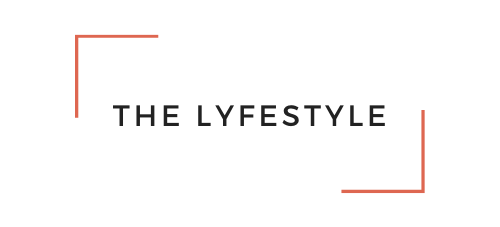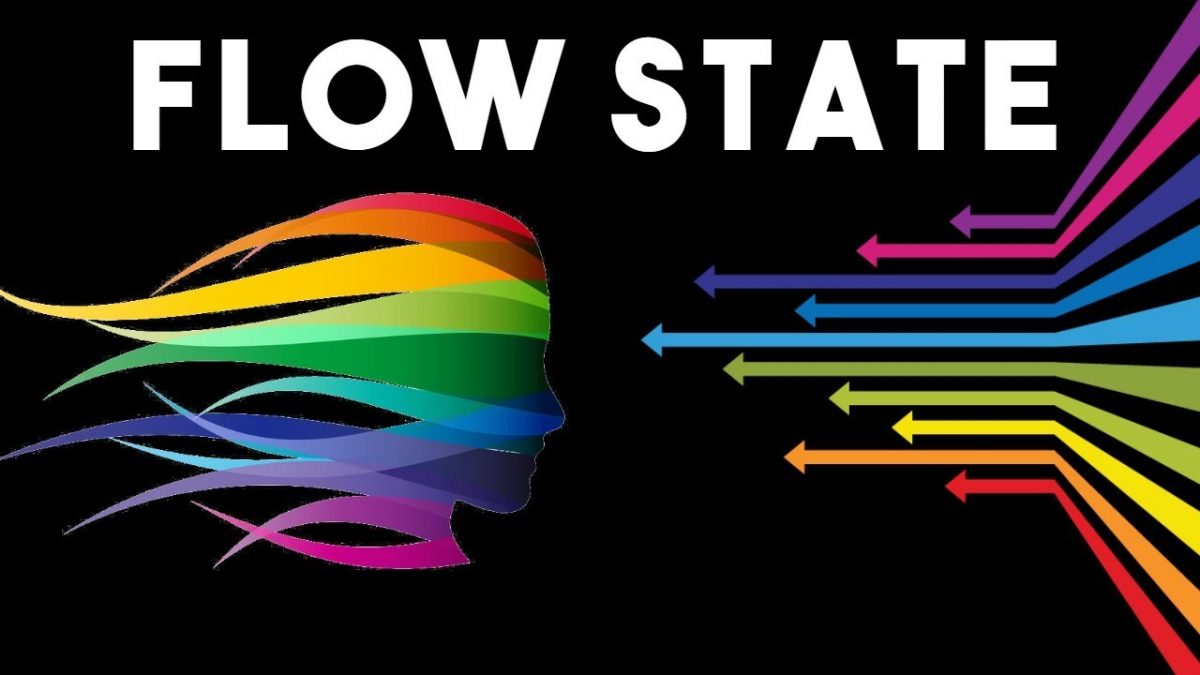Flow is often described as a peak state of consciousness. It was first identified by Mihaly Csikszentmihalyi, who described it as a highly focused state conducive to peak performance and productivity. During flow, people are completely immersed in the task at hand and are entirely in the present (no sense of past or future). People who experience flow say they feel a sense of timelessness, total body awareness, complete focus, and a sense of ease.
Flow is often associated with athletes being “in the zone”. However, flow states aren’t just reserved for athletes. All high performers know how to get into a state of flow in order to perform at their best – from musicians to artists to actors to public speakers.
In fact, everyone can identify with flow moments – whether it’s being completely absorbed in a task, having a spark of creativity, or just having a really engaging conversation. Unfortunately, these moments are rare and seem random. But this flow state is something you can learn to control.
So how do we get to this elusive state? It all comes down to creating the right environment for that to happen.
To enter into flow, you need to be in the “ideal performance state”. The ideal performance state was first described by psychologists Robert M. Yerkes and John Dillingham Dodson in 1908. When our activation is too low, we lack motivation, interest, and energy. When our activation is too high, we are agitated, anxious, stressed, or tense. However, somewhere between these two activation states lies the ideal performance state where we are most likely to enter flow.

If you can learn to get into the “sweet spot” between low and high activation, in which you aren’t too bored or lethargic, but also not too stressed or anxious, you can learn to enter into flow.
If you’ve ever seen elite performers before they go on to a game, a race, a performance, or a speech – they all have specific routines that they go through (e.g. sometimes they might have to jump around to get themselves psyched up, others might need to go through deep breathing to calm their nerves).
By using techniques elite performers use, we can develop a deliberate process for fully immersing ourselves in any activity we wish.
Here are some steps you can use to get into flow more often.
1. Identify your flow moments. Think of a time when you achieved something great and were full of energy, while also feeling a sense of timelessness. Try to think of a few examples so that you have a process for entering into flow for different types of activities. E.g. A sporting race/event, a time you were so absorbed in your work you lost track of time, a deep conversation with someone, etc.
2. Act-Think-Feel. Look back on step 1 and try to recall exactly what you were doing (body), thinking (mind), and feeling (emotions) before and during your flow performance. By remembering what past flow experiences felt like, you can re-create the environment to enter into your flow state more often. E.g. Did you need to increase activation (e.g. jump around, listen to music), or bring your activation state down (e.g. deep breaths, meditation)? What mindset did you have? What were your emotions?
3. Build your flow routine. Use Steps 1 and 2 to build a process that will get you into flow. The key is to build a picture of your ideal performance state so that you can trigger that state by acting like you did when you were in it. E.g. What physical resources do you need (a particular space and any support materials)? What actions and thoughts will move you closer to flow?
This process takes practice, so if you aren’t able to enter flow right away, that’s normal. However, once you have practiced deliberately entering flow a few times in different scenarios, it will become easier to replicate.
Flow is when we are energized, motivated, focused, happy, and able to perform at our best. Being in a flow state is powerful for your mental health and your mental performance. It can lead to being more creative, accomplishing more with less effort, building a sense of control, and becoming happier and healthier. Next week we’ll dive deeper into how to train your mind to get into flow more often and more easily!









